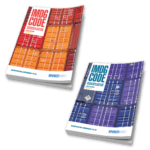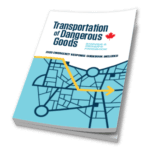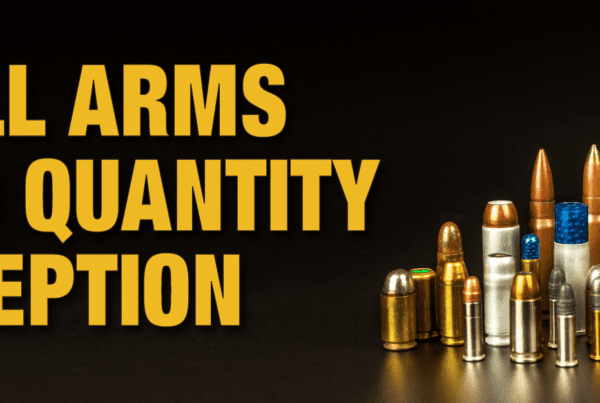Hello everyone! Today we will talk about the discrepancies between states and operators when it comes to ocean transport.
The topic is normally about air transport, but it is important to take a moment to discuss whether this element could exist when we ship by sea.
Starting at the beginning, it must be specified that when you wish to make a shipment of dangerous goods by vessel (ship), Part 11 of the Canadian TDG regulations stipulates the following:
Article 11.1 (1)
Any person who imports, offers for transport, handles, or transports dangerous goods by vessel must do so in accordance with the IMDG Code if the goods are in transport:
(a) between two places in Canada, on a journey during which:
(i) the vessel is more than 120 nautical miles from shore,
(ii) the vessel goes along the Atlantic coast south of the Port of New York,
(iii) the vessel goes along the Pacific coast south of Portland, Oregon;
(b) between Canada and another country, if the voyage is not on internal waters;
(c) between two places outside Canada on board a vessel registered in Canada.
Therefore, the IMDG Code and the TDG must serve as the references for any shipment of dangerous goods by vessel.
Now, when preparing your shipment, how can you find out if the country or maritime carrier have one or more discrepancies regarding your product and/or item?
The process begins with the creation of your shipping document. The document must, of course, meet the requirements of the Canadian TDG, as well as the IMDG Code.
Normally, you deal with a freight forwarder who has reserved the required space on board the vessel. Whether in consolidation (LCL) or if you have a full container (FCL), the freight forwarder will need to send a copy of your shipping document to the maritime carrier so that the carrier can accept or reject your shipment.
Herein lies the problem. In the case of air regulations, it is possible to check the list of discrepancies between States and Operators, but with the IMDG Code, none of this information is available. Therefore, it is not at all possible to check in order to prevent refusals or delays or to find out what restrictions and prohibitions the maritime carrier may have.
And thus you become a victim of chance and of course you have every right to be concerned.
The IMDG Code explains this aspect of its regulations as follows:
Where this Code requires that a particular provision related to the transport of dangerous goods be complied with, a competent authority or authorities (the State of the port of departure, the State of the port of arrival, or the flag State) may authorize any other provision by way of derogation if it is convinced that such a provision is at least as effective and safe as required by this Code.
Acceptance of an exemption authorized under the IMDG Code by a competent authority not a party to the IMDG Code is subject to the discretion of that competent authority. Therefore, prior to any shipment covered by the exemption, the recipient of the exemption must inform the other competent authorities concerned.
Now, the IMDG Code contains prohibitions as prescribed in Volume 1, Chapter 1.1.3:
Except as otherwise provided for in this Code, the following items are prohibited for transport:
Any substance or item which, as presented for transport, is likely to explode, to react dangerously, to produce a dangerous flame, or to give off heat or a dangerous emission of toxic, corrosive, or flammable substances, gases, or vapors under normal transport conditions. In Chapter 3.3, special provisions 349, 350, 351, 352, 353, and 900 list certain substances that are prohibited for transport.
This is the reality.
The carrier may have a dangerous goods clause and the shipper should be aware of any restrictions and/or prohibitions.
Some carriers have “in-house” policies that may differ from or add to the IMDG requirements.
Unfortunately, these policies are not available to shippers. Some carriers will post them on their website and others will not.
Port personnel may not have time to properly check the container before loading.
Now that we understand why and how we get carrier discrepancies, let’s see how this works for country discrepancies.
In the IMDG Code, Volume 1 contains a table at the very end of the volume, in Chapter 7.9, providing a complete list of all the countries and contact information of the competent authority that manages the transport of dangerous goods in their country.
Currently, the only thing this gives you is information on who to contact but no information on limitations, exceptions, approvals, prohibitions, permits, certificates, or exemptions for the country in question.
In conclusion, we should take the time to contact the competent authority of the country we wish to send our product to in order to know what would or would not be allowed.
You can see that this is a rather hefty and arduous task.
However, it remains the sender’s responsibility to verify whether or not their product is allowed in the country where their product will be shipped.
In conclusion, the best practice regarding carrier and country discrepancies for ocean transport is to check with the carrier directly, as well as with the competent authority of the country to which your dangerous goods will be shipped.
Remember that if you ever have any questions related to issues surrounding dangerous goods, services, and products, you can always discuss them with one of our Regulatory Experts.
Stay up to date and sign up for our newsletter!
We have all the products, services and training you need to ensure your staff is properly trained and informed.

|

|







 ICC USA
ICC USA ICC Canada
ICC Canada